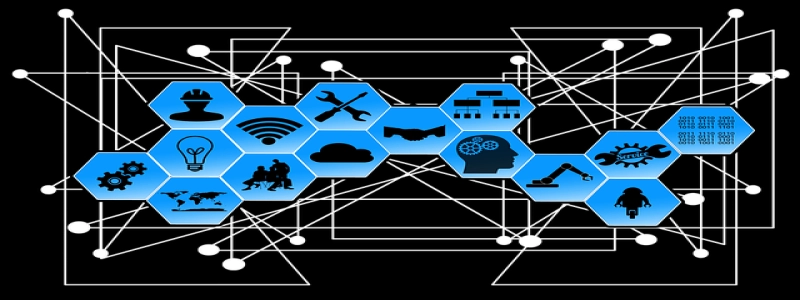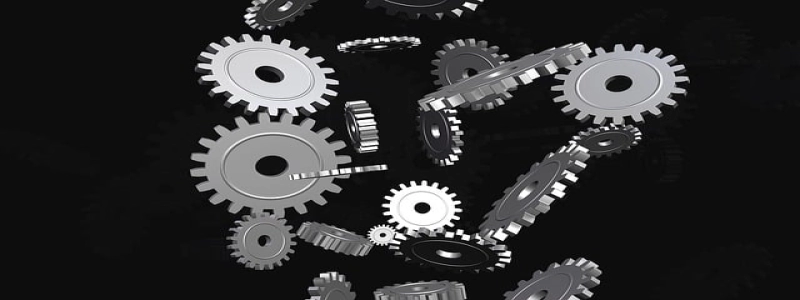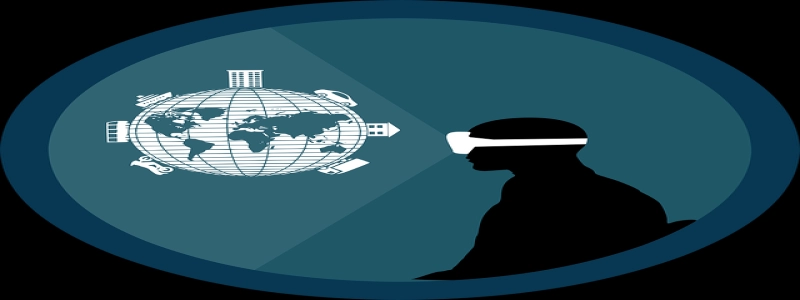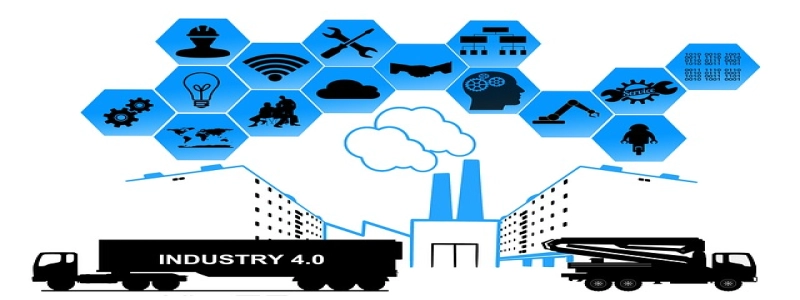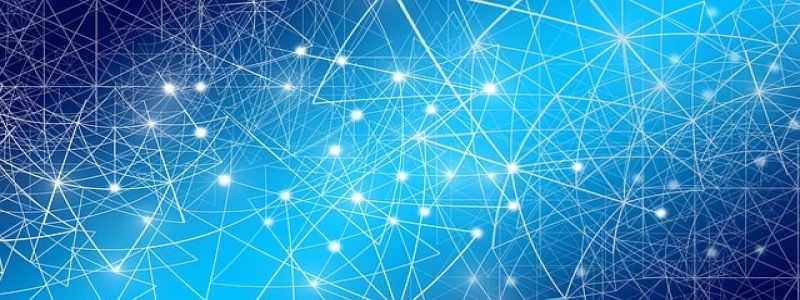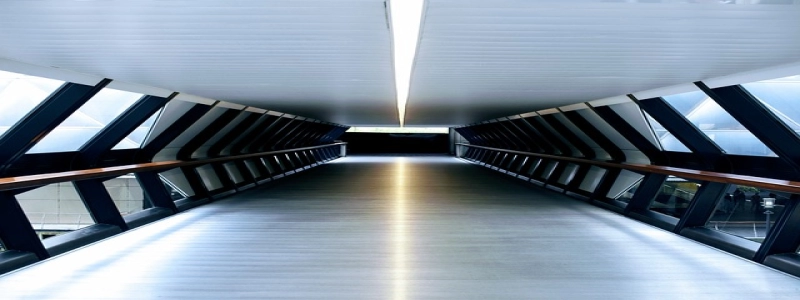Fusing Fiber Optic Cable
Introduction:
I. What is fiber optic cable?
A. Definition of fiber optic cable
B. How does it work?
II. Importance of maintaining fiber optic cable
A. Why is maintenance necessary?
B. Consequences of neglecting maintenance
Content:
I. What is fiber optic cable?
Fiber optic cable is a type of cable that contains one or more optical fibers, which are thin, flexible strands made of glass or plastic that can transmit data in the form of light pulses. It is used to transmit information over long distances and at high speeds compared to traditional copper cables. Fiber optic cable is widely used in telecommunications, internet, cable television, and networking systems.
A. Definition of fiber optic cable
Fiber optic cable consists of three main components: the core, cladding, and outer jacket. The core is the innermost part and carries the light signals. The cladding surrounds the core and ensures that the light stays within the core, minimizing signal loss. The outer jacket protects the cable from moisture, physical damage, and other environmental factors.
B. How does it work?
Fiber optic cable works on the principle of total internal reflection. When light enters the core of the fiber at a specific angle, it reflects off the cladding and continues to bounce along the core in a zigzag pattern. This allows the light to travel long distances without significant attenuation. The light signals are converted into electrical signals at the receiving end, enabling the transmission of data.
II. Importance of maintaining fiber optic cable
Fiber optic cable requires regular maintenance and care to ensure optimal performance and longevity. Neglecting maintenance can lead to various issues, including signal degradation, loss of data, and costly repairs.
A. Why is maintenance necessary?
Maintenance is necessary to keep the fiber optic cable in good condition and prevent any potential problems. It includes activities such as cleaning the connectors, inspecting for damage, and testing for signal loss. Regular maintenance helps to identify and fix any issues before they escalate, ensuring uninterrupted communication and data transmission.
B. Consequences of neglecting maintenance
Neglecting maintenance can have severe consequences for fiber optic cable systems. Dust, dirt, or debris on connectors can interfere with the light signals, causing signal degradation or loss. Fiber optic cables can also be susceptible to damage from bending, stretching, or crushing, leading to breaks or fractures in the fibers. Furthermore, environmental factors like temperature and moisture can affect the performance of fiber optic cables if not properly maintained. Neglecting maintenance increases the risk of data loss, system downtime, and costly repairs or replacements.
Conclusion:
Fiber optic cable is a crucial component in modern communication systems, providing high-speed and reliable data transmission. Regular maintenance is necessary to ensure its optimal performance, prevent signal degradation, and avoid costly repairs. By understanding the importance of maintaining fiber optic cable, individuals and organizations can ensure the longevity and efficiency of their communication networks.
